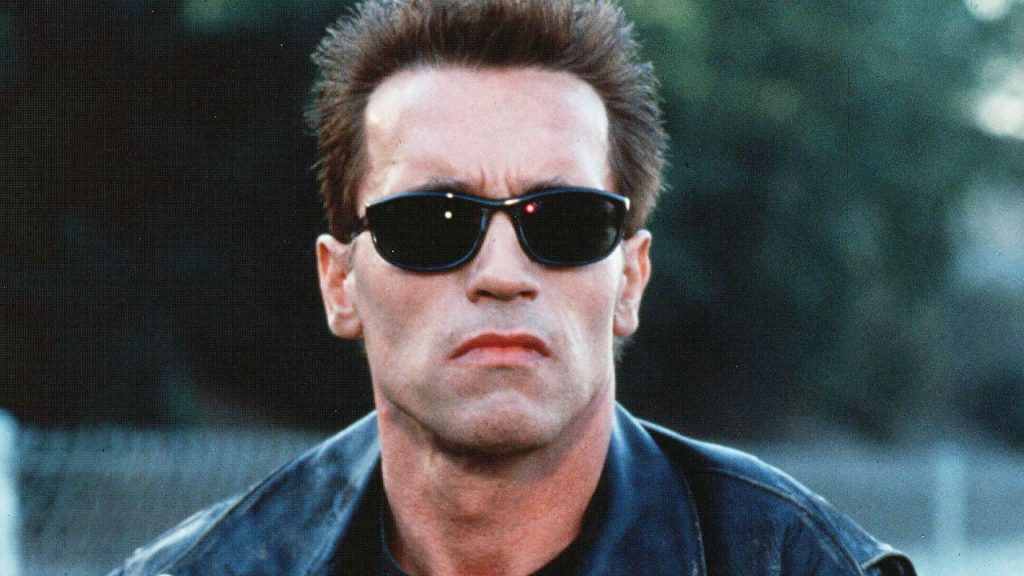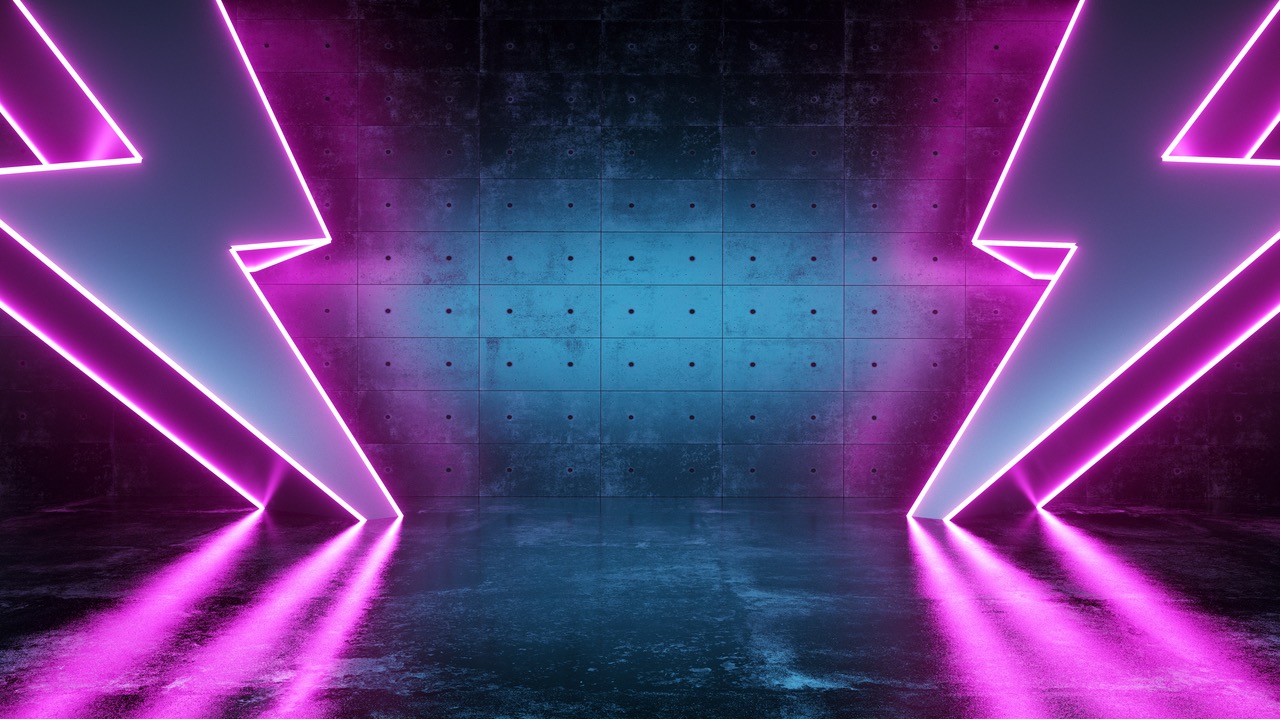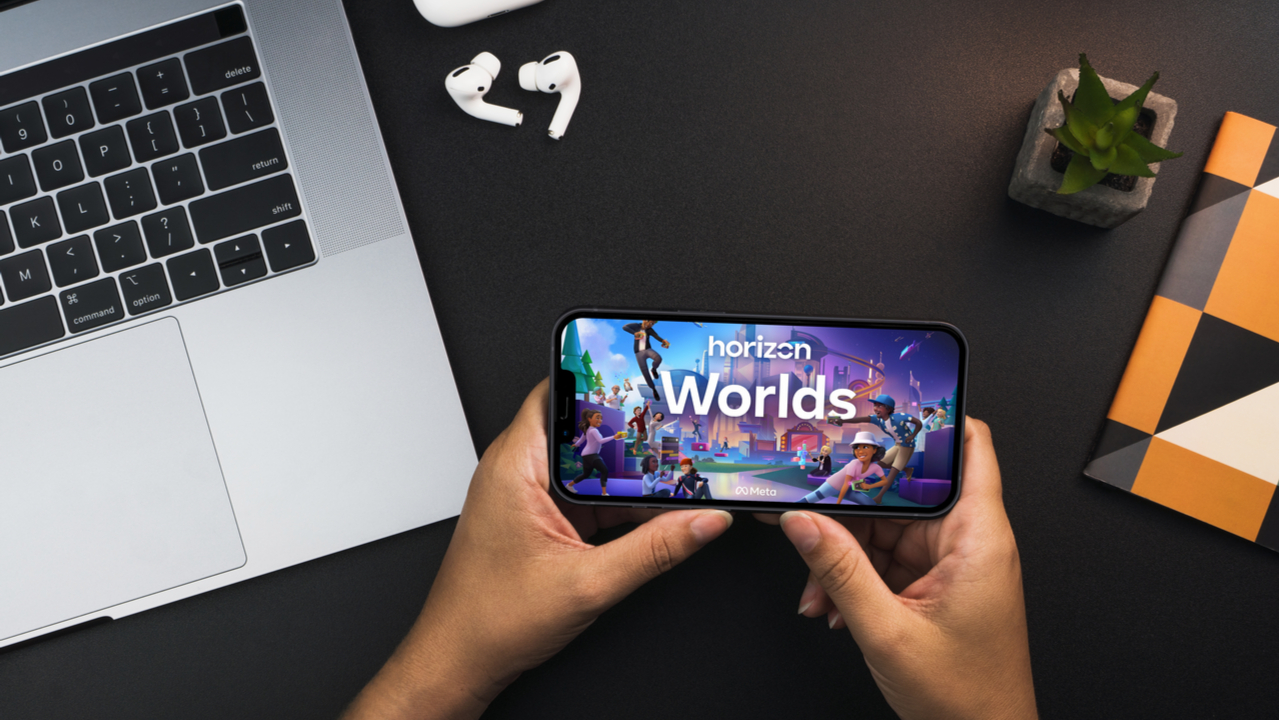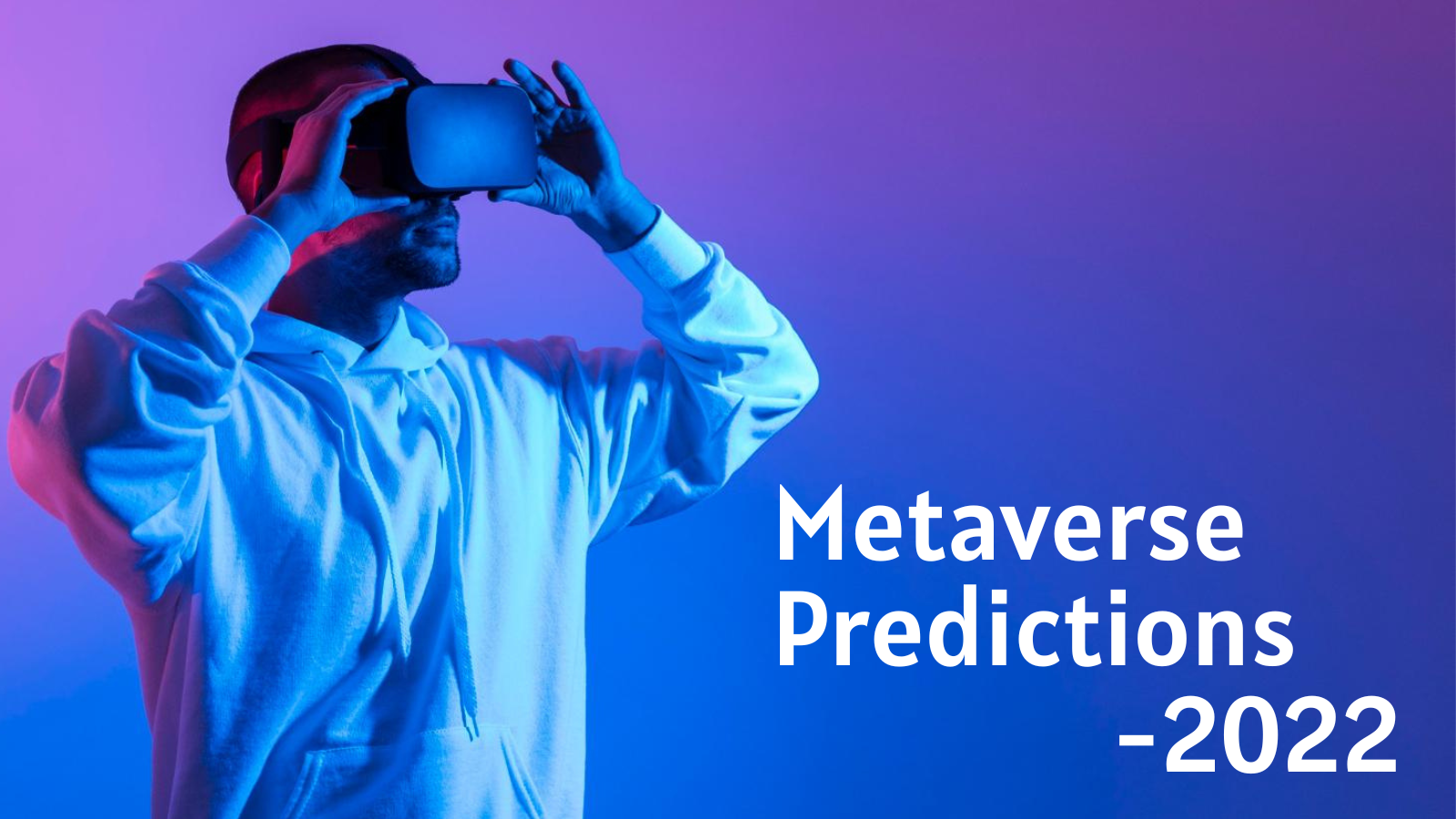The Flip Side of NFTs: A Glimpse Into the Artists' Unique Perspectives
The Flip Side of NFTs: A Glimpse Into the Artists' Unique Perspectives

The incredible momentum of the nascent non-fungible token (NFT) market has attracted significant attention from collectors and investors alike. Still, one group that is notably benefiting from this paradigm shift is the artists behind these creative works.
New Era for Art Emerges as a Net Positive for Creators
Over the last few months, much of the attention drawn to NFTs have been a function of soaring valuations for digital art and collectibles that seemingly set new records every week. Enthusiasts needn’t look any further than the appearance of multiple exchange platforms, niches, and new mediums that NFTs are pioneering to recognize the inherent value proposition of this fresh standard.
While auction results are certainly a fascinating interest story, the advantage for artists who are largely overlooked is even more compelling. Yet, the artist’s point of view has largely been absent from the NFT discussion and debate, despite playing a central role in this budding movement.
Instead of recognizing this advantage, many critics focus on the drawbacks, like the environmental impact of platforms like Ethereum. With Hic et Nunc, a Tezos-based NFT marketplace that stands for “Here and Now” overcoming these critiques, the perspective can be shifted back to the platform’s art contributors like Nancy Baker Cahill, Greg Yüna, and Ben Clarkson. Each of them harbors exciting views on the status and outlook for NFTs.
NFTs as a Source of Empowerment and Expanded Opportunities
Many creators see this new archetype as a means to push the boundaries of art even further in a supportive community environment, and luxury jewelry designer Greg Yüna echoes this notion.
According to Yüna,
Jewelry has been one way for me to bring to life a creative vision, but I’ve also always sought out opportunities to take that and express it elsewhere…It’s great that now people are really understanding that digital art can be the product itself, not just marketing for something else. It takes a lot of time to create that work of art, and it’s liberating for us as artists for that work to be valued as well. I’m really hyped to be a part of this community that supports artists and appreciates the work we do.
Not a Passing Fad
Often finding themselves at the bottom of the food chain, NFTs are a surprisingly empowering development for the creative community, and according to the artists, not just a flash in the pan. For California-based multi-disciplinary artist Nancy Baker Cahill, NFTs are a driving force in redistributing the power hierarchy of art, which makes them all the more attractive.
Per Baker Cahill,
For far too long artists have been denied the kind of economic accountability guaranteed to practitioners in other industries. The ontological questions blockchain prompts are equally appealing and provide creative fertile ground in which ideas will continue to grow and develop…I see the hyperbolic profits as a passing fad, but not the art form itself, or the idea of digital artwork with value – even value equal to a physical artwork.
Yüna echoes this notion, stating,
I don’t see it as a fad at all. NFTs allow us to expand our ecosystem of work, change traditional commerce, and connect with a new community that wants to support that work. I think more consumers will follow suit as NFTs become more commonplace, but I’m excited to get into this now because who doesn’t want to be in the company of first adopters? The people that are buying my art are the real visionaries here.
For an artist, illustrator, animator, and two-time finalist for the Lumen Prize Ben Clarkson, the social element is crucial for NFTs’ staying power. He adds,
I think NFTs are here to stay in one form or another, what the specific economics or underlying technology are will probably continue to be in flux for awhile yet. Technologies are always forms of social communication, what changes are the social relations.
A Participation Shakeup
Not all art forms traditionally had marketplaces that would allow creators to monetize their works while delivering greater accessibility and awareness. For Clarkson, NFTs are inviting more widespread participation in this new market and helping artists push the limits of the digital realm as they experiment with this new medium.
When addressing the stark contrast between physical and digital art, Clarkson remarks,
In the 60s Robert Rauschenberg attached a chair to one of his paintings making it a sculpture. You can’t do that with an NFT. There are material qualities to mediums that dictate what you can communicate with them. NFTs have their own set of material qualities. There hasn’t been a market in the past for fine art animation, and now with NFTs, it is thriving. As people experiment with the form there will be new possibilities.
Baker Cahill views NFTs and physical works as symbiotic instead of opposed and more of a bridge between the two realms.
I wouldn’t want to frame them as antipodal; especially because NFTs can also back physical works of art.
The Evolving Creative Process
Just like the platform and mediums are changing, the creative process accompanying NFTs is also in flux. For Clarkson, it is more of a straightforward answer.
I think, ‘How can I get this under 40mb?’
Yüna expounds on this idea even further.
The process is definitely different, since you can’t wear an NFT on your body (at least not yet)…When I make a piece for a person, it’s got to have a part of their character in it. So, I’m not approaching this like I would when creating a piece for, say, Floyd Mayweather to wear in the pre-fight show or Michael B. Jordan for the next Creed premier. This is turning my own collection and turning the jewelry into an artistic composition. When I’m creating with Rachel, we take the materials that we would use in our jewelry and transform them into digital works of art.
Still, for Cahill Baker, the process isn’t so strikingly different and applies the same systems she already employs.
In my case I am as intentional about the artwork and its conceptual undergirding as I am in my physical works. This applies even to the artworks I choose to mint – how do they reflect my practice and my goals as an artist?
The Outlook According to the Artists Themselves
Just as the artists embrace this new format for their creative works, they are also looking towards the future as they brainstorm for the next frontier of art. For some, this means experimentation, for others, a chance to shine a spotlight on pressing issues, and other still, a chance to dream up something brand new.
According to Yüna,
Rachel and I have been experimenting with new ways to look at luxury jewelry and reimagining how people see luxury jewelry for awhile, so when this opportunity came, we had to go big. Naturally, we looked at some of the greatest works of art in history and decided we could have some fun recreating those with timepieces, tennis chains, loose diamonds, cuban links, rings, and precious gemstones. It wasn’t easy—trying to do Gustav Klimt and Piet Mondrian right is a tall order but we did it,
In terms of her upcoming projects, Baker Cahill chooses to hone in on an undertaking that features a unique combination of stakeholders.
I’m super excited about an ambitious project for which I am collaborating with a knowledgeable art lawyer in the NFT space, a prominent PoS blockchain, an art platform that supports eco-friendly cryptocurrency, and an art museum. Together, we are presenting a multi-part artwork which boldly addresses a series of urgent issues we are collectively concerned about at this moment in time.
For Clarkson, brainstorming is the order of the day.
I’m trying to figure out what I produce next. I fill books with ideas then dream about ways that I can flesh them out. I am currently thinking about animating an anime-inspired shootout, but everyone has a banana.
What's Your Reaction?

















